Where Does the Seminary Fit in Relation to the Local Church?

This article discusses the relationship of the seminary to the local church. Specifically it argues for tangible recognition on the part of seminaries that the local church is the biblically designed co-center (along with the family) of biblical education. I advocate that acknowledgment include, wherever possible, a direct local church accountability, and ideally, a posture of working as a ministry of a local church, under that local church’s direct leadership.
On the importance of local church leadership of the seminary
One important reason for the decline of biblical education in the churches has been the seminary’s haste to take on responsibilities that are the jurisdiction of the church. As pastoral roles (regrettably) shift more and more toward corporate leadership, recruitment, and hospitality, and away from exegetical teaching and discipleship, the need for para-church organizations only increases. Local churches become less and less capable of fulfilling their biblical mandates, and thus become increasingly dependent upon seminaries in particular, for doctrinal and functional strategies and for filling their personnel needs.
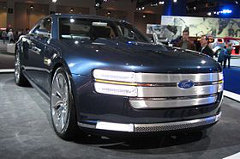 Read
Read 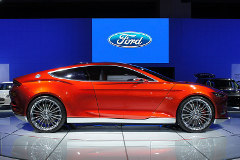 Read
Read 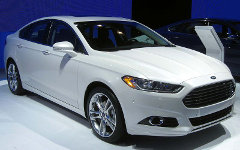 (Read
(Read 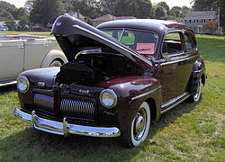 (Read
(Read 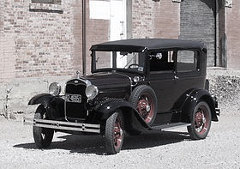
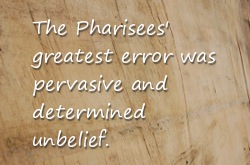 Read
Read  First posted October, 2009. Discussion
First posted October, 2009. Discussion 

Discussion